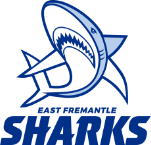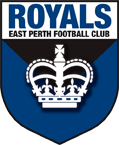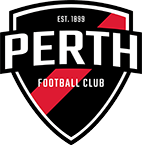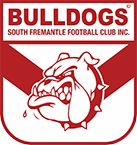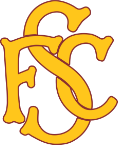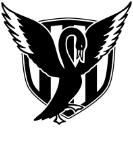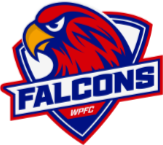

| Round | Competition | Opposition | K | H | D | M | T | HO | FF | FA | G | B |
|---|
| 2011 | Hall of Fame Inductee |
| 1950 | Club Leading Goalkicker (East Fremantle) |
| 1949 | Club Leading Goalkicker (East Fremantle) |
| 1949 | Bernie Naylor Medal (East Fremantle) |
| 1947 | Club Leading Goalkicker (East Fremantle) |
| 1947 | Fairest & Best (East Fremantle) |
Player 1939-1952
Games 234 (East Fremantle 226, Western Australia 8)
Goals 425 (East Fremantle 419, WA 6)
Honours: East Fremantle Premiership player 1945, 1946 (undefeated), East Fremantle Fairest and Best 1947 WAFL Leading Goalkicker 1949 (81 goals), EF Leading Goalkicker 1947, 1949, 1950
East Fremantle Team of the Century 1997, Life Member East Fremantle 1952
FEW footballers better epitomise the term versatile than East Fremantle champion George Prince, who could turn a game whether stationed at full-back, full-forward, centre half-forward or on the ball. Legendary coach Jerry Dolan was known in the biggest games in a strong breeze to deploy Prince at centre half-forward when Easts were kicking with the wind and at centre half-back when they were kicking against it, such was his importance to the side.
East Fremantle born and bred, George Prince progressed to League football via Palmyra juniors in 1939, forcing his way into the strong East Fremantle team in a back pocket in Round three. As if to immediately emphasise his versatility he played the following week in a forward pocket and kicked 6.3 and was noted by The West Australian to have “shaped promisingly”. Thereafter, Prince became a player of class in almost any position on the ground, his pace, high leap and brilliant turning ability equipping him for most roles. Although only 178 cm (5ft 10in) tall, Prince was often used to great effect in the ruck, where he had the knack of being able to take the ball out of the hands of opposing ruckmen at the bounce and shoot away with outstanding pace off the mark.
Besides his fine aerial work and skillful ground play, Prince was renowned as a fine exponent of the drop kick over all distances and generally employed a towering torpedo punt when kicking for goal. This he did this to great effect in 1949 when stationed mainly at full-forward, finishing with 82 goals and heading the WAFL goalkicking list. His career tally of 419 goals included two bags of 10 goals and might have been many more but for his regular covering of a team deficiency at full-back in his final two seasons. Despite the record, Prince commented self deprecatingly to a Daily News columnist in 1970 that “the closer I got to goals the narrower they became”.
The Football Budget on May 7, 1949 praised his consistency and effectiveness thus:
“George Prince is the type of player who always turns in a good game and is thus likely to be overlooked as the best even when he plays brilliantly. However there is no question as to who turned in the best performance for Old Easts on Saturday. His six goals would have done credit to any player and his accuracy in kicking for goal is matched by his general disposal. He practically always finds a team mate. This robust type of player can stand up to the hardest game and his sterling performances this year must be appreciated by all in Old Easts camp”.
One of the other outstanding features of Prince’s career was his durability and apart from missing three seasons during the War years, he rarely missed a game. His last 158 League games between July 1945 and September 1952 were consecutive and no East Fremantle player has bettered that run. Three broken ribs in the 1946 second semi-final were an encumbrance that may have stopped a lesser player but when the injury information leaked out, Prince pretended that his good side was the injured one. He copped a pounding in the grand final to finish just as sore on the good side as the injured one but kicked 5 goals to be a vital member of the legendary 1946 undefeated team. In state football, Prince was an important contributor in eight games and his winning record of 75% included three wins over Victoria, the famous Hobart carnival game included.
George Prince was an exceedingly popular player and contributor to the East Fremantle Football Club, being accorded Life Membership in 1952. Although his role as a director of a million dollar coastal shipping service prevented his direct involvement at the club after retirement, his loyalty remained until his death in 2002 and was always clearly on display – his firm’s 26 vessels were painted blue and white. His selection at centre half-forward in East Fremantle’s Team of the Century and now elevation to the WA Football Hall of Fame are fitting recognition of a fantastic football career.
| Season | Competition | Club | Matches | K | H | D | AVG | M | T | HO | FF | FA | G | B |
|---|
| Competition | Matches | K | H | D | AVG | M | T | HO | FF | FA | G | B |
|---|


